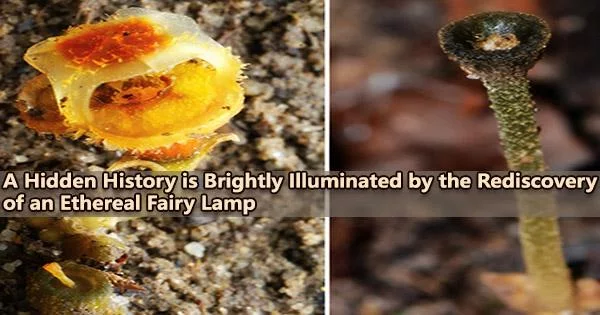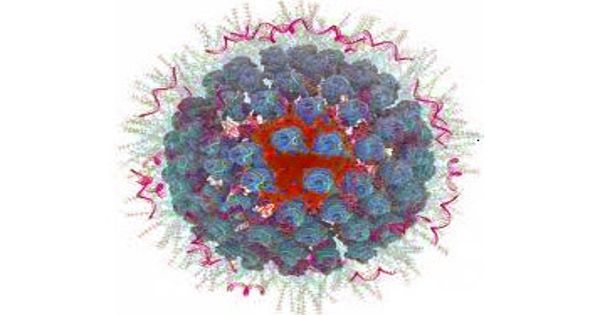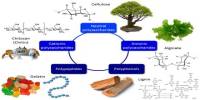A long time ago, photosynthesis and green leaves were regarded as essential aspects of plants. However, some plants have subsequently stopped using this method and now get their nutrition from other living things. One such plant is the Thismia genus, also referred to as fairy lanterns, which is distinguished by its peculiar look, enigmatic nature, and absence of photosynthesis.
Fairy lanterns are rare and only grow in specific places. They have colorful blossoms that rise above the ground where they dwell underground, giving them occasionally a mushroom-like appearance. There are about 90 species of Thismia, however most are only known from the place where they were first discovered, and several are probably extinct.
One such species, Thismia kobensis was originally discovered in Kobe City, Japan in 1992. Unfortunately, an industrial complex devastated its habitat, and it was later thought to be extinct.
Professor Kenji Suetsugu and his associates announce its rediscovery in Sanda City, about 30 kilometers away, after more than 30 years. This unexpected discovery and related research have revealed fresh information about this extraordinary genus and its evolutionary history.
The original description of Thismia kobensis, which was based on an incomplete museum specimen, was amended by the researchers. They focused on the differences between Thismia kobensis and Thismia huangii, a closely related species.
The narrow, wide ring and numerous short hairs on the stigma of the recently discovered species help to identify it. The researchers came to the conclusion that Thismia kobensis is a different species with distinct traits and a distinct evolutionary history based on their investigation of several characteristics.
Thismia kobensis is the northernmost Asian fairy lantern species that is currently recognized due to its recently discovered habitat. This discovery may offer new insights into the systematic affinity and biogeography of the mysterious fairy lantern, Thismia americana, which was originally thought to be related to some species in Australia and New Zealand.
Thismia americana discovered over 100 years ago is the only North American fairy lantern species and was observed for a few years on a prairie near Chicago, but is now considered extinct.
The presence of the mainly tropical genus Thismia in temperate North America remains a mystery, especially since the species considered to be its closest relative, Thismia rodwayi, is found in Australia and New Zealand. This strange distribution pattern continues to puzzle botanists.
However, a thorough morphological analysis indicated that Thismia kobensis is really Thismia americana’s closest relative. In light of pollinator preferences, it is possible that Thismia americana and the species from Australia and New Zealand independently acquired comparable outer floral morphologies.
This suggests that Thismia americana may actually be unrelated to the Australia-New Zealand species. The significant resemblance in inner floral anatomy, on the other hand, shows a closer relationship between Thismia americana and Thismia kobensis, as seen by the absence of nectar glands in both species.
It is not unusual for plant species to have close relationships and disparate distributions in Eastern Asia and North America, and this is sometimes linked to migration over the Beringia land bridge.
Therefore, the disjunct distribution of Thismia americana may be due to migration through Beringia. Overall, the rediscovery of the Thismia kobensis after three decades has significantly advanced our understanding of fairy lanterns.
It also offers vital insight into the biogeography and evolutionary history of fairy lanterns as a whole because it is the northernmost species of Asian fairy lantern that has been discovered so far.
The report also discusses conservation techniques that can help safeguard these endangered species from anthropogenic activity. It was published in Phytotaxa on February 28, 2023.
















